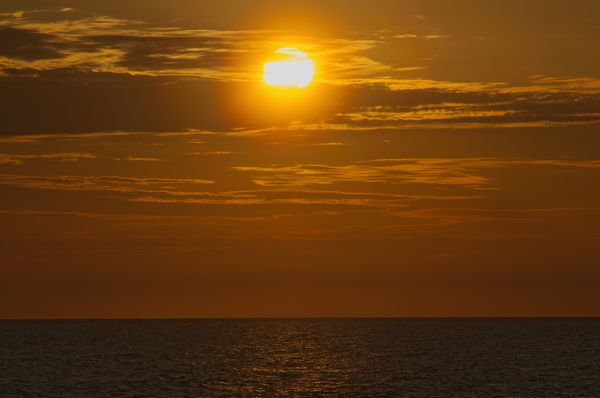Finally got a couple of the DSLR photos to my phone!!
Mar 2, 2018 17:01:41 #
Please help Me with pictures of the sun on my Nikon camera!! They look better with my phone. Is there a particular special filter that I need that will specifically outline the sun?! (The pictures of the sun came from my phone... I can not take good ones on the Nikon??)
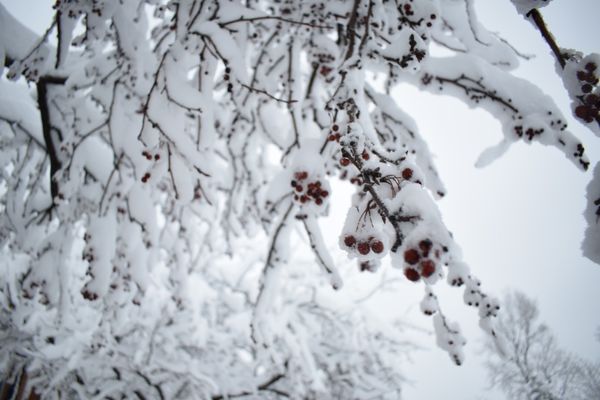
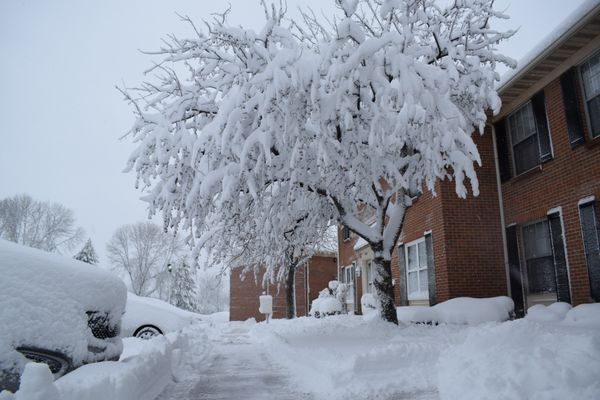
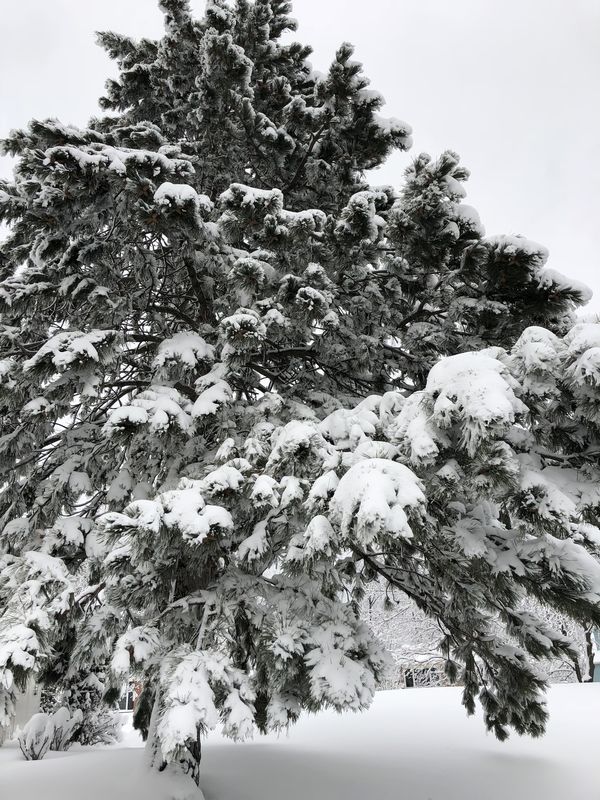
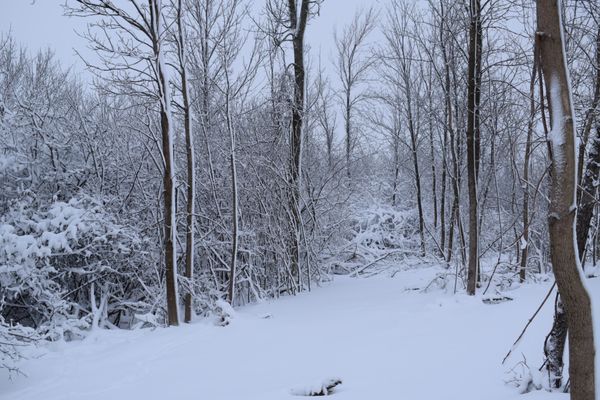
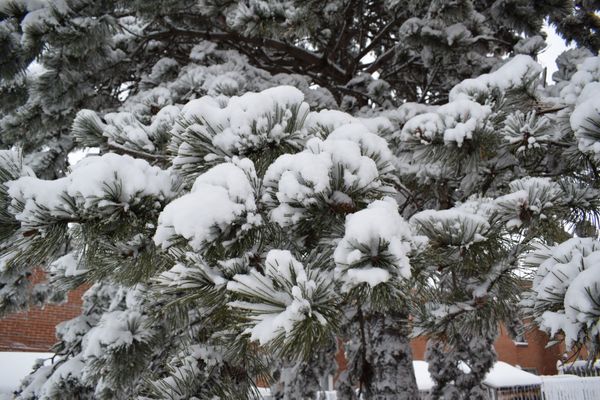
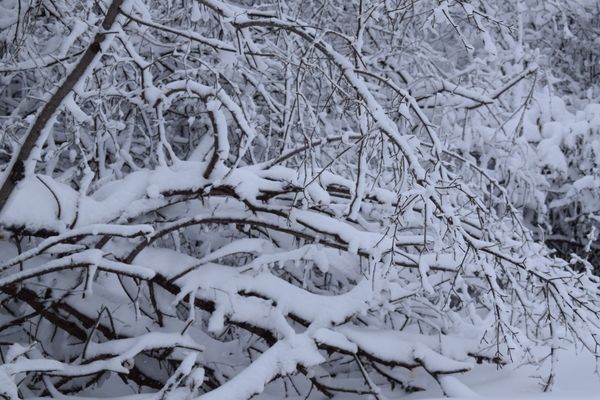

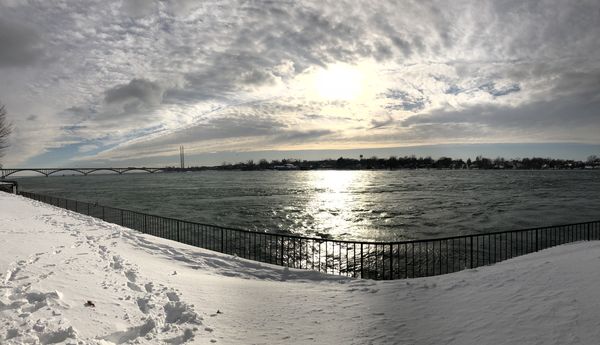
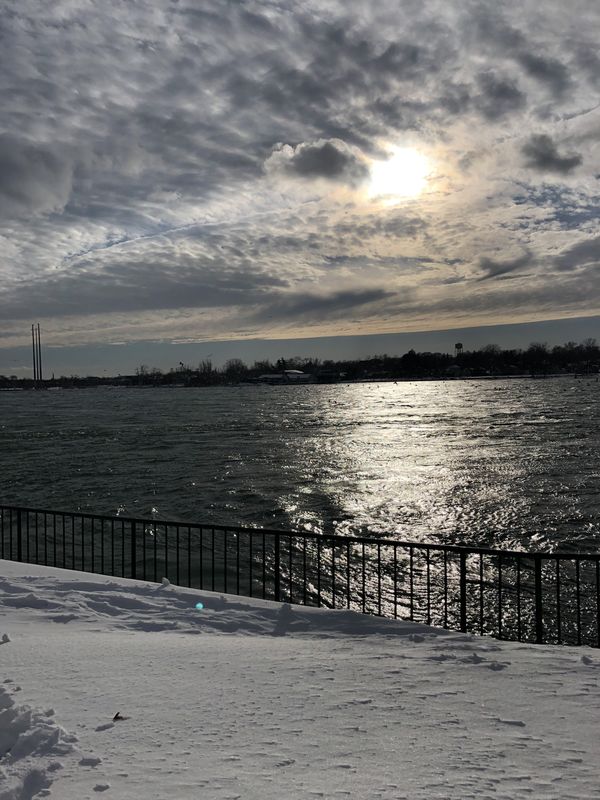
Mar 2, 2018 20:14:02 #
Try adjusting the EV from -.3 to - 2.0 to prevent burned out highlights from the snow and bright background.
Mar 2, 2018 20:49:54 #
Mar 2, 2018 20:50:50 #
Try reading a good book about exposure. A DSLR will get much better images than a phone but it needs YOU to get it to fruition.
Mar 3, 2018 08:02:34 #
you have a couple good ones there, the snow ones are not so good. you said you are a newbie. if thats the case, read your instruction book cover to cover. Dont have it? get it. other then that practice, practice, practice
Mar 3, 2018 08:55:29 #
When photographing the sun its really easy to over expose it (the sun) and the area around the sun. One suggestion in addition to setting the EV lower is to shot in aperture priority with the lens aperture cranked down to somewhere around f 22 and let the camera chose the ISO and the shutter speed. The other thing that is helpful is to shoot raw images and correct the over exposure in post processing. Many times you find you will need to do all three.
This was shot with a 200mm manual prime lens using the above techniques with a Nikon camera.
This was shot with a 200mm manual prime lens using the above techniques with a Nikon camera.
Mar 3, 2018 13:11:46 #
DaveC1 has it correct. I have taken many sunsets using his technique.
Mar 3, 2018 14:09:28 #
caseymacks wrote:
.....I am a photography newbie so idk what ev is
EV stands for exposure value. It's a way of quantifying how bright an exposure is going to be, which in turn is determined by how much light is captured during the shutter release.
Shutter speed and aperture size are the two variables that control the amount of captured light for each exposure. Doubling or halving the shutter speed has an obvious effect on the amount of captured light. The lens's aperture size is quantified using f-stops, where increasing the f-stop by one step (from 5.6 to 8 for example) halves the amount of captured light. Note that doubling the f-stop value reduces the captured light by a quarter (the relationship between f-stop and captured light is exponential).
The standard f-stop values are 1.4, 2.0, 2.8, 4, 5.6, 8, 11, 16 and 22, where each of these steps represents a doubling or a halving of the amount of captured light. Note that increasing the f-stop value results in less captured light.
ISO doesn't affect how much light is captured but it does affect how much in-camera amplification the sensor signal receives, so it does affect how bright the exposure will be.
The exposure value can be changed manually by adjusting shutter speed or aperture directly. Another possibility is to use exposure compensation. (Some cameras have an exposure compensation dial. With others it can be adjusted using a button). Using exposure compensation of +1 increases the EV by 1, and exposure compensation of -1 reduces the EV by 1, where increasing/decreasing the EV by 1 doubles/halves the amount of captured light. Most cameras allow 1/3 increments of EV. Typically exposure compensation affects shutter speed up to a point, beyond which the camera uses a mixture of shutter speed and ISO.
Your DSLR should be capable of exposure bracketing - which requires special software (it can be got for free) to perform the merging of the bracketed exposures. If your merging software has auto-align, hand-held bracketing is a possibility. However, in low light you would have to watch shutter speed, and the bright exposure/s would probably have too slow a shutter speed to be usable (so it/they should be discarded - i.e. not included in the merge).
Mar 3, 2018 16:22:21 #
Picture Taker
Loc: Michigan Thumb
You have to compensate for the light coming off the white snow. The reverse happened when shooting a large black area. A way to kinda of cheating on this is to spot meter on the area you want exposed. I will HDR some of those type of picturing.
Mar 3, 2018 17:10:01 #
So then why when I look at the snow ones do I think they are good? What is “wrong” with the snow pictures? Please give me advisement. I either shot them on automatic mode or in “sand/snow” mode. I’m not sure what to do to make the pics look “better” considering I think they look fine.
Mar 3, 2018 17:56:25 #
DaveC1 wrote:
When photographing the sun its really easy to over... (show quote)
Okayyyyy please help. I do not think you can post images in replies. Buttt I just went outside and took some pictures of the sun in A(perture) mode on the camera. The photos look EXACTLY the same. And I tried the aperture in both ends of the spectrum. As high as it goes and as low as it goes. Mmm I just found it! You can** post pictures in replies. The first picture is on f4.5 aperture and the next picture is on f36 They really just do not look that drastically different. Also please let me know... I went to a large opening (aperture) On the smallest end of the spectrum (f4.5) and then I went to a Small opening (f36) and then when I went back to the other end of the spectrum with the big number, the aperture would only go back up to f29... my camera would not let the aperture be back to as big as f39.
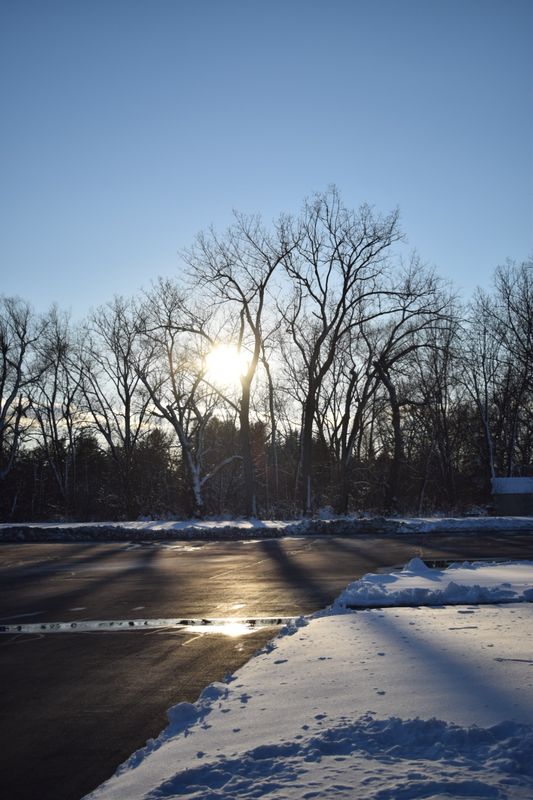
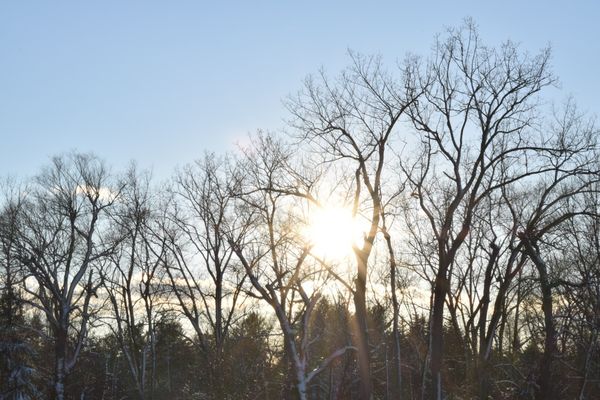
Mar 3, 2018 18:08:04 #
There's nothing wrong with any of the photos you posted.
As I understood your original post the snow photos were made with your Nikon and the photos of the sun were made with your smart phone. Your question was why do your photos of the sun made with the Nikon not turn out as good as those made with your smart phone. Am I correct?
The answer simply put is the camera is not dealing with the contrast (light to dark) of a photo with the sun in the picture correctly.
If you remember when the solar eclipse took place not long ago there were all sorts of warnings concerning likelihood of permanent eye damage from looking at the sun. The sun is just that bright even when obscured by clouds or close to sunset or sunrise as to cause incorrect exposure of a photo with the sun in that photo. So you have to learn how to set your camera to properly expose that picture.
So the first thing for you to do is get out your camera manual and read it, as boring as that sounds. If you don't have the manual Google it and you should find a PDF version on line. While your reading look at the suggestions above and see how they relate to your particular camera.
As I understood your original post the snow photos were made with your Nikon and the photos of the sun were made with your smart phone. Your question was why do your photos of the sun made with the Nikon not turn out as good as those made with your smart phone. Am I correct?
The answer simply put is the camera is not dealing with the contrast (light to dark) of a photo with the sun in the picture correctly.
If you remember when the solar eclipse took place not long ago there were all sorts of warnings concerning likelihood of permanent eye damage from looking at the sun. The sun is just that bright even when obscured by clouds or close to sunset or sunrise as to cause incorrect exposure of a photo with the sun in that photo. So you have to learn how to set your camera to properly expose that picture.
So the first thing for you to do is get out your camera manual and read it, as boring as that sounds. If you don't have the manual Google it and you should find a PDF version on line. While your reading look at the suggestions above and see how they relate to your particular camera.
Mar 3, 2018 18:19:50 #
Casey, Those photos have the sun over exposed. Notice my photo the sun is a round ball not a searing white blob. Also notice how dark the water in in the lower part of my photo. Its not just a matter of the aperture its also setting the EV so that the sun is not overexposed. Look in your manual on changing the exposure compensation on your camera and on camera metering settings. You want to either bring the EV down enough with the exposure compensation or make sure the camera is metering the sunlight correctly to give you a good exposure.
What Nikon camera do you have BTW
What Nikon camera do you have BTW
Mar 3, 2018 18:48:57 #
I have a Nikon 5300. DaveC1 my reply about the snow comment was in regards to ctsteps1 comment that I have some good photos but not so much the snow. I see nothing wrong with the snow pictures. And yeahhhh I’m trying to do a lot of self teaching online and YouTube videos it’s just hard not having someone to like showwww me what to do I’m a hands on type person when it comes to this photography material. I see the words aperture and shutter speed and exposure and ev and exposure compensation and bracketing and all that good stuff and it just goes right through me it’s like reading in a foreign language. I have a brain injury which obviously isn’t any of your issue, but I feel it explains why it’s so hard for me to conceptualize like the manual or the wording in anything I’m reading instructing me like what I should do.
Mar 3, 2018 21:18:42 #
caseymacks wrote:
I have a Nikon 5300. DaveC1 my reply about the sno... (show quote)
Yes I thought your reply about the snow comment was in regards to ctsteps1's comment. I just thought I would try and clear things up a bit for you.
So photography 101; back in the days of film there were 3 variables in photography: 1. was how sensitive to light the film was (the ISO). 2. How much light the camera allowed into it to be recorded on the film (the exposure value, EV), this one can be divided into two parts, one being how big was the hole that lets light into the camera (the f stop), and the second being how long that light was allowed to come into the camera (the shutter speed).
Digital cameras work the same way only we don't have to buy different ISO film we can change the ISO setting on the camera. We still have a shutter (on DSLRs) and we still have lens with f stops.
EVs are a sort of constant the tells up the total amount of light that we allowed to hit the film for a given photograph.
For instance for a f stop of 1 with a shutter speed of 1/1000 of a second and an ISO of 100 the EV is 10.
And for a f stop of 1.4 (half the amount of light) with a shutter speed of 1/500 and the same ISO of 100 the EV is still 10.
Moving on for a f stop of 2 (1/4 the amount of light as f stop 1) and with a shutter speed of 1/250, the same ISO of 100 the EV is still 10.
I'm not going to do an entire EV chart here but google exposure value and there are entire charts that show how the variables of ISO, f stop and shutter speed make up a given EV.
So film and digital cameras do not have the same latitude to perceive and record light that the human brain and eye do so we the photographer have to make choices to get the photograph we want.
That is what I was saying to you concerning the sun being over exposed. When your photographing the sunset the contrast between the sun itself and the ground or trees is very high so some choices need to be made.
I do hope this helps you.
If you want to reply, then register here. Registration is free and your account is created instantly, so you can post right away.


